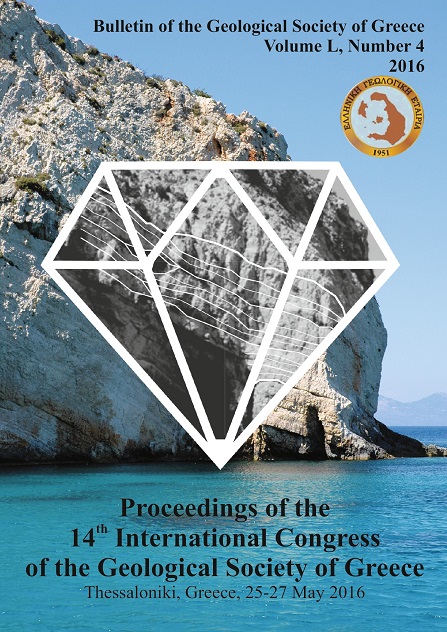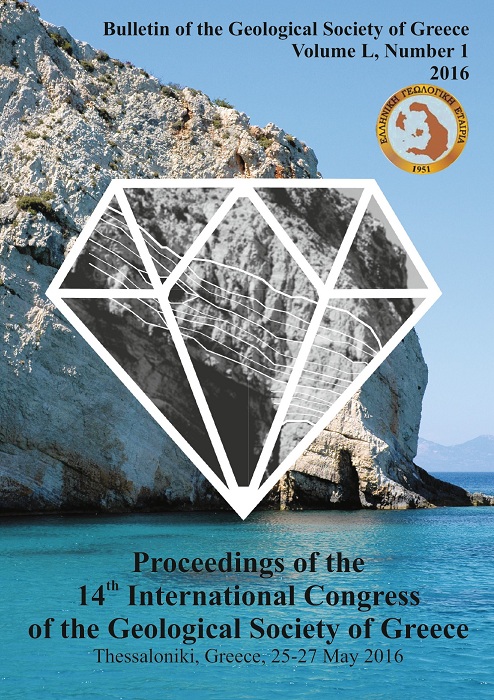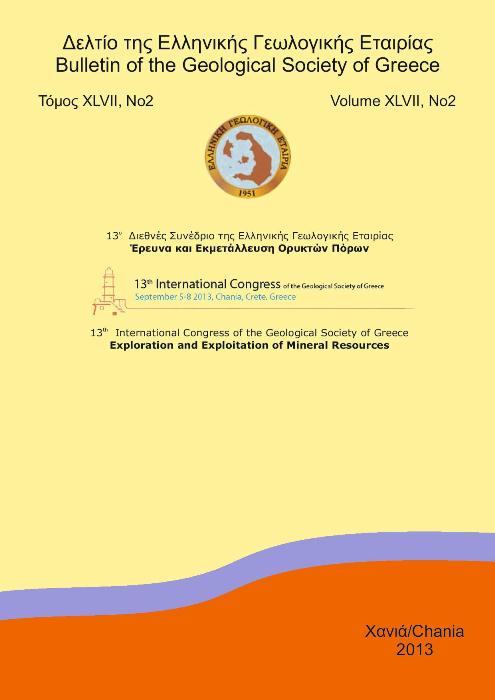HEAVY METALS IN CULTIVATED SOIL AND PLANTS OF DAMOUR URBAN AREA - LEBANON

Abstract
Preliminary data on heavy metals concentrations in soil and edible plants of DamourLebanon are presented for the first time. Concentration ranges of Zn, Cu, Ni, Cr, Co, Mn, Fe, Ba, Pb and Cd in soils and vegetables collected from urban allotments in Damour were determined and assessed taking into account the pseudototal (extracted by aqua regia) and mobilizable (0.43 M acetic acid extractable) concentrations of the elements in the rhizosphere soil of the plants as well as the total concentrations in edible plant tissue. Average elemental concentrations in urban allotments are low in general. No detectable concentrations of the non-essential heavy metals Pb and As were measured in the studied plants while concentrations of micronutrient elements in plants were within normal ranges. The collected data indicate that previous land use is an important factor controlling heavy metal content in soil and that there is a complex mechanism controlling micronutrient uptake by plants.
Article Details
- How to Cite
-
Fadel, D., Argyraki, A., Papageorgiou, S., & Kelepertzis, E. (2016). HEAVY METALS IN CULTIVATED SOIL AND PLANTS OF DAMOUR URBAN AREA - LEBANON. Bulletin of the Geological Society of Greece, 50(4), 2108–2117. https://doi.org/10.12681/bgsg.14262
- Section
- Special Session: Enviromental Geochemistry

This work is licensed under a Creative Commons Attribution-NonCommercial 4.0 International License.
Authors who publish with this journal agree to the following terms:
Authors retain copyright and grant the journal right of first publication with the work simultaneously licensed under a Creative Commons Attribution Non-Commercial License that allows others to share the work with an acknowledgement of the work's authorship and initial publication in this journal.
Authors are able to enter into separate, additional contractual arrangements for the non-exclusive distribution of the journal's published version of the work (e.g. post it to an institutional repository or publish it in a book), with an acknowledgement of its initial publication in this journal. Authors are permitted and encouraged to post their work online (preferably in institutional repositories or on their website) prior to and during the submission process, as it can lead to productive exchanges, as well as earlier and greater citation of published work.





